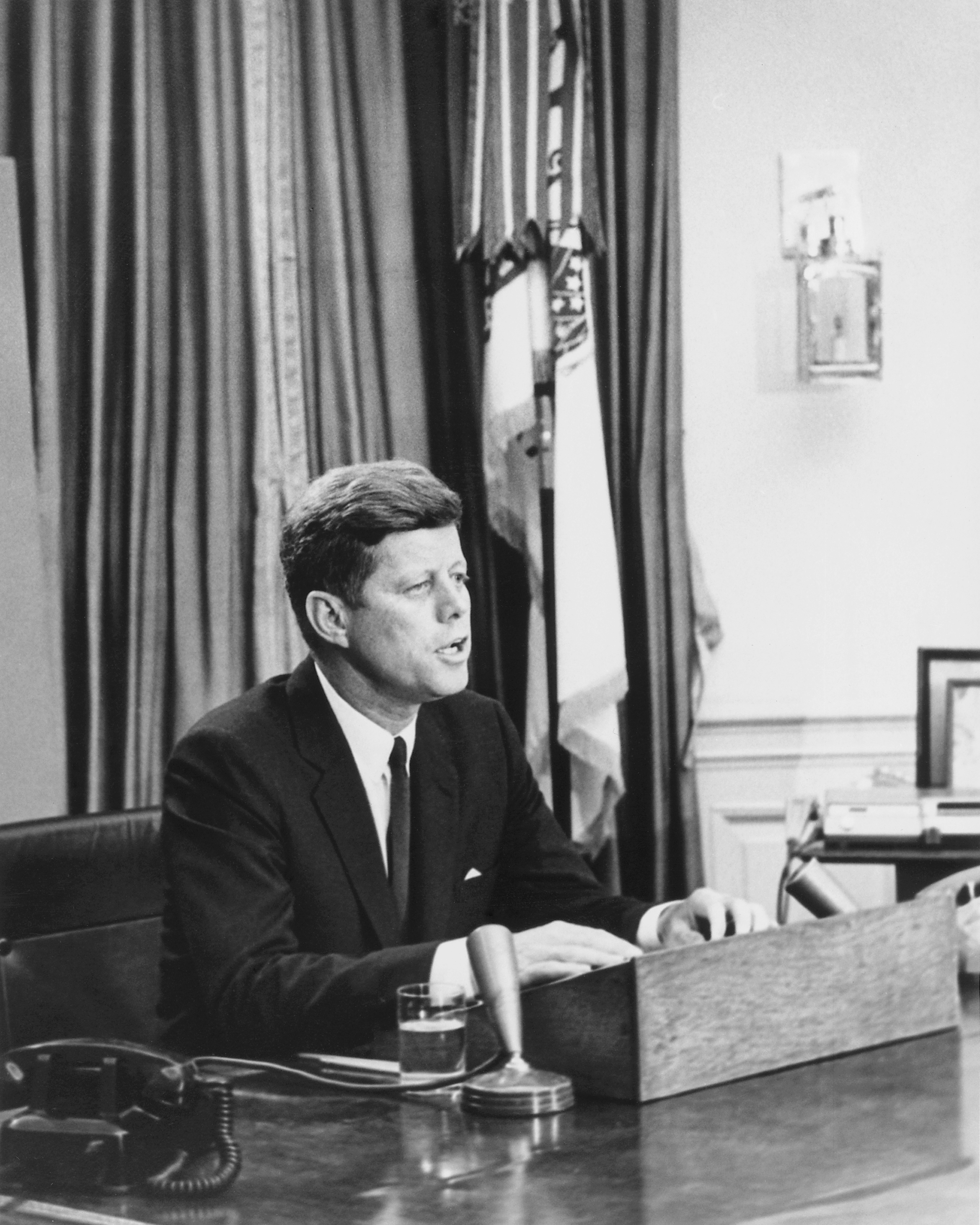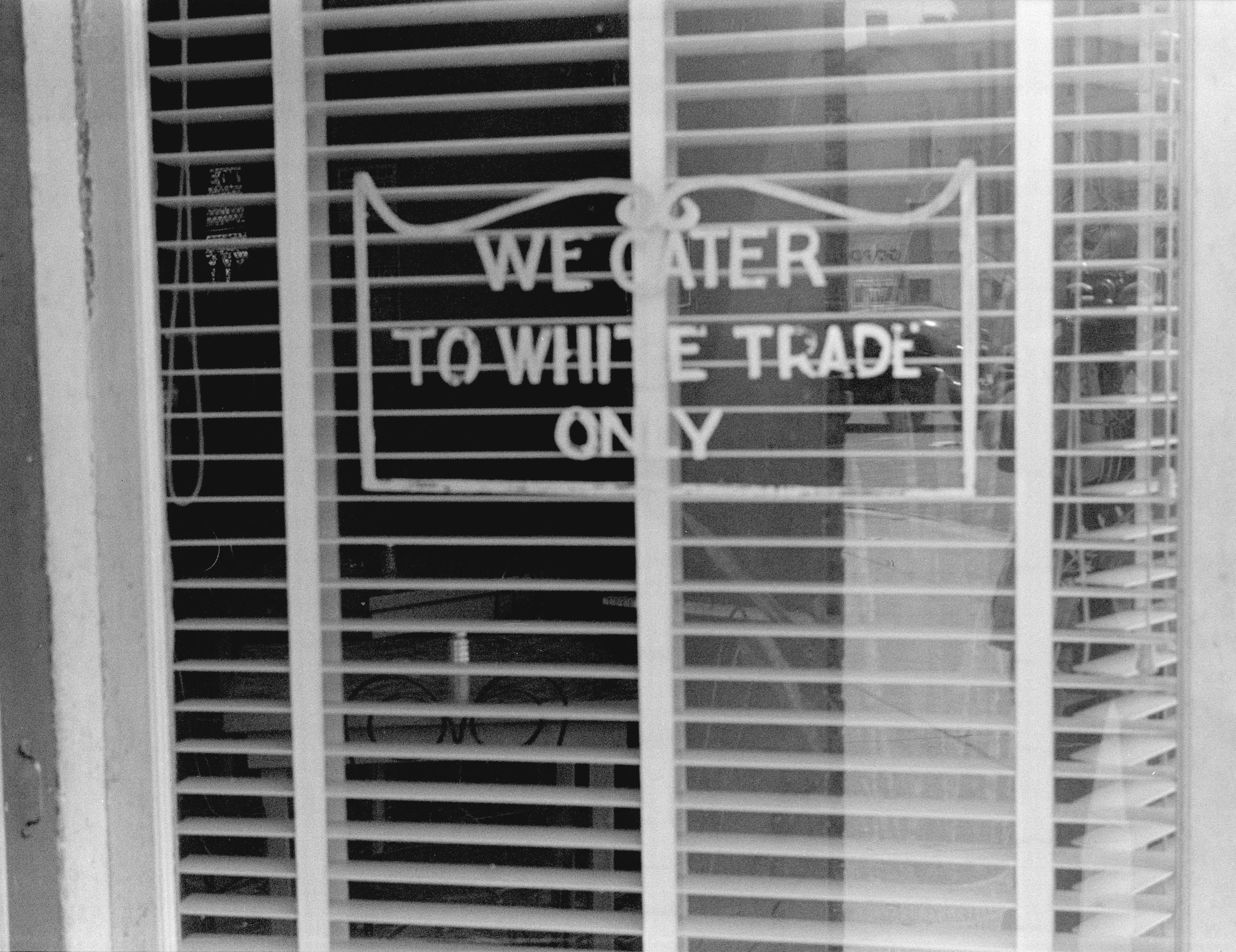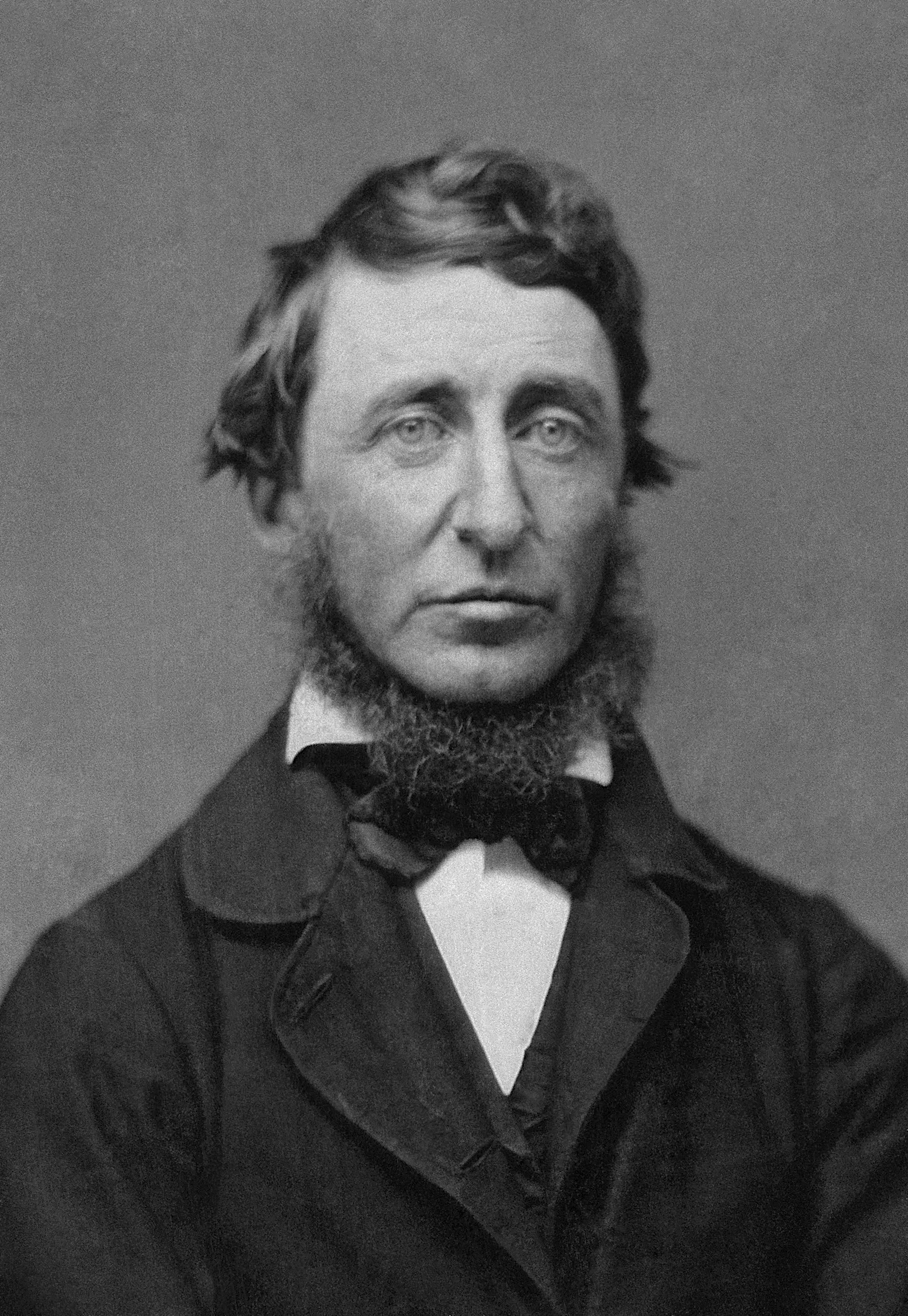|
Katz Drug Store Sit-in
The Katz Drug Store sit-in was one of the first sit-ins during the civil rights movement, occurring on August 19, 1958, in Oklahoma City, Oklahoma. In protest of racial discrimination, black schoolchildren sat at a lunch counter with their teacher demanding food, refusing to leave until they were served. They sought to end the racial segregation of eating places in their city, sparking a sit-in movement in Oklahoma City that lasted for years. Event In 1958, even though separate but equal had been overturned, racial discrimination was still commonplace and restricted blacks from sharing many public spaces with whites.Walker, Devona. "50 Years Ago, Children Helped Change Nation When They Sat Down." Oklahoman.com, Oklahoman, 20 Aug. 2008, https://www.oklahoman.com/article/3285497/50- years-ago-children-helped-change-nation-when-they-sat-down. Black people had to drink from colored fountains, ride the back of buses, and were given their dinners in bags to eat outside of the restaur ... [...More Info...] [...Related Items...] OR: [Wikipedia] [Google] [Baidu] |
Civil Rights Movement
The civil rights movement was a nonviolent social and political movement and campaign from 1954 to 1968 in the United States to abolish legalized institutional Racial segregation in the United States, racial segregation, Racial discrimination in the United States, discrimination, and disenfranchisement in the United States, disenfranchisement throughout the United States. The movement had its origins in the Reconstruction era during the late 19th century, although it made its largest legislative gains in the 1960s after years of direct actions and grassroots protests. The social movement's major nonviolent resistance and civil disobedience campaigns eventually secured new protections in federal law for the civil rights of all Americans. After the American Civil War and the subsequent Abolitionism in the United States, abolition of slavery in the 1860s, the Reconstruction Amendments to the United States Constitution granted emancipation and constitutional rights of citizenship ... [...More Info...] [...Related Items...] OR: [Wikipedia] [Google] [Baidu] |
Barbara Ann Posey Jones
Barbara Ann Posey Jones (born 1943) is an American economist who was a leader of the 1958 Katz Drug Store sit-in as a high school student. Since 1971, she has been a professor of economics, department head, and Dean at several historically Black Colleges and Universities in the American South. She is a past president of the National Economic Association. In 2021, she was awarded the Suzan Shown Harjo Systemic Social Justice Award from the National Conference on Race and Ethnicity in Higher Education. Early life, activism, and education Jones joined the youth council of the Oklahoma City NAACP at the age of 14, and on a visit to a freedom rally in New York City, ate at a lunch counter for the first time. On her return home, she became one of the spokespeople for the youth Oklahoma lunch counter sit-ins of 1958–1959. The Chi Zeta Chapter of Zeta Phi Zeta Sorority named her "Girl of the Year" of 1958, ''Datebook'' magazine published her article, "Why I Sit In" in 1960, and she ... [...More Info...] [...Related Items...] OR: [Wikipedia] [Google] [Baidu] |
1958 In Oklahoma
Events January * January 1 – The European Economic Community (EEC) comes into being. * January 3 – The West Indies Federation is formed. * January 4 ** Edmund Hillary's Commonwealth Trans-Antarctic Expedition completes the third overland journey to the South Pole, the first to use powered vehicles. ** Sputnik 1 (launched on October 4, 1957) falls to Earth from its orbit, and burns up. * January 13 – Battle of Edchera: The Moroccan Army of Liberation ambushes a Spanish patrol. * January 27 – A Soviet-American executive agreement on cultural, educational and scientific exchanges, also known as the "Lacy-Zarubin Agreement, Lacy–Zarubin Agreement", is signed in Washington, D.C. * January 31 – The first successful American satellite, Explorer 1, is launched into orbit. February * February 1 – Egypt and Syria unite, to form the United Arab Republic. * February 6 – Seven Manchester United F.C., Manchester United footballers are among the 21 people killed i ... [...More Info...] [...Related Items...] OR: [Wikipedia] [Google] [Baidu] |
1958 Protests
Events January * January 1 – The European Economic Community (EEC) comes into being. * January 3 – The West Indies Federation is formed. * January 4 ** Edmund Hillary's Commonwealth Trans-Antarctic Expedition completes the third overland journey to the South Pole, the first to use powered vehicles. ** Sputnik 1 (launched on October 4, 1957) falls to Earth from its orbit, and burns up. * January 13 – Battle of Edchera: The Moroccan Army of Liberation ambushes a Spanish patrol. * January 27 – A Soviet-American executive agreement on cultural, educational and scientific exchanges, also known as the "Lacy-Zarubin Agreement, Lacy–Zarubin Agreement", is signed in Washington, D.C. * January 31 – The first successful American satellite, Explorer 1, is launched into orbit. February * February 1 – Egypt and Syria unite, to form the United Arab Republic. * February 6 – Seven Manchester United F.C., Manchester United footballers are among the 21 people killed i ... [...More Info...] [...Related Items...] OR: [Wikipedia] [Google] [Baidu] |
Civil Rights Movement
The civil rights movement was a nonviolent social and political movement and campaign from 1954 to 1968 in the United States to abolish legalized institutional Racial segregation in the United States, racial segregation, Racial discrimination in the United States, discrimination, and disenfranchisement in the United States, disenfranchisement throughout the United States. The movement had its origins in the Reconstruction era during the late 19th century, although it made its largest legislative gains in the 1960s after years of direct actions and grassroots protests. The social movement's major nonviolent resistance and civil disobedience campaigns eventually secured new protections in federal law for the civil rights of all Americans. After the American Civil War and the subsequent Abolitionism in the United States, abolition of slavery in the 1860s, the Reconstruction Amendments to the United States Constitution granted emancipation and constitutional rights of citizenship ... [...More Info...] [...Related Items...] OR: [Wikipedia] [Google] [Baidu] |
African-American History In Oklahoma City
African Americans (also referred to as Black Americans and Afro-Americans) are an ethnic group consisting of Americans with partial or total ancestry from sub-Saharan Africa. The term "African American" generally denotes descendants of enslaved Africans who are from the United States. While some Black immigrants or their children may also come to identify as African-American, the majority of first generation immigrants do not, preferring to identify with their nation of origin. African Americans constitute the second largest racial group in the U.S. after White Americans, as well as the third largest ethnic group after Hispanic and Latino Americans. Most African Americans are descendants of enslaved people within the boundaries of the present United States. On average, African Americans are of West/ Central African with some European descent; some also have Native American and other ancestry. According to U.S. Census Bureau data, African immigrants generally do not self- ... [...More Info...] [...Related Items...] OR: [Wikipedia] [Google] [Baidu] |
Civil Rights Act Of 1964
The Civil Rights Act of 1964 () is a landmark civil rights and United States labor law, labor law in the United States that outlaws discrimination based on Race (human categorization), race, Person of color, color, religion, sex, and national origin. It prohibits unequal application of voter registration requirements, racial segregation in schools and public accommodations, and employment discrimination. The act "remains one of the most significant legislative achievements in American history". Initially, powers given to enforce the act were weak, but these were supplemented during later years. Congress asserted its authority to legislate under several different parts of the United States Constitution, principally its power to regulate interstate commerce under Article One of the United States Constitution, Article One (section 8), its duty to guarantee all citizens Equal Protection Clause, equal protection of the laws under the Fourteenth Amendment to the U.S. Constitution, ... [...More Info...] [...Related Items...] OR: [Wikipedia] [Google] [Baidu] |
Nashville Sit-ins
The Nashville sit-ins, which lasted from February 13 to May 10, 1960, were part of a protest to end racial segregation at lunch counters in downtown Nashville, Tennessee, Nashville, Tennessee. The sit-in campaign, coordinated by the Nashville Student Movement and the Nashville Christian Leadership Council, was notable for its early success and its emphasis on disciplined nonviolence. It was part of a broader sit-in movement that spread across the southern United States in the wake of the Greensboro sit-ins in North Carolina. Over the course of the Nashville sit-in campaign, sit-ins were staged at numerous stores in the central business district. Over 150 students were eventually arrested for refusing to vacate store lunch counters when ordered to do so by police. At trial, the students were represented by a group of 13 lawyers, headed by Z. Alexander Looby. On April 19, Looby's home was bombed, although he escaped uninjured. Later that day, at least 3,000 people marched to City ... [...More Info...] [...Related Items...] OR: [Wikipedia] [Google] [Baidu] |
Greensboro Sit-ins
The Greensboro sit-ins were a series of nonviolent protests in February to July 1960, primarily in the Woolworth store—now the International Civil Rights Center and Museum—in Greensboro, North Carolina, which led to the F. W. Woolworth Company department store chain removing its policy of racial segregation in the Southern United States. While not the first sit-in of the civil rights movement, the Greensboro sit-ins were an instrumental action, and also the best-known sit-ins of the civil rights movement. They are considered a catalyst to the subsequent sit-in movement, in which 70,000 people participated. This sit-in was a contributing factor in the formation of the Student Nonviolent Coordinating Committee (SNCC). Previous sit-ins In August 1939, African-American attorney Samuel Wilbert Tucker organized the Alexandria Library sit-in in Virginia (now the Alexandria Black History Museum). In 1942, the Congress of Racial Equality sponsored sit-ins in Chicago, as they did in ... [...More Info...] [...Related Items...] OR: [Wikipedia] [Google] [Baidu] |
Civil Disobedience
Civil disobedience is the active, professed refusal of a citizen to obey certain laws, demands, orders or commands of a government (or any other authority). By some definitions, civil disobedience has to be nonviolent to be called "civil". Hence, civil disobedience is sometimes equated with peaceful protests or nonviolent resistance. Henry David Thoreau's essay ''Resistance to Civil Government'', published posthumously as '' Civil Disobedience'', popularized the term in the US, although the concept itself has been practiced longer before. It has inspired leaders such as Susan B. Anthony of the U.S. women's suffrage movement in the late 1800s, Saad Zaghloul in the 1910s culminating in Egyptian Revolution of 1919 against British Occupation, and Mahatma Gandhi in 1920s India in their protests for Indian independence against the British Empire. Martin Luther King Jr.'s and James Bevel's peaceful protests during the civil rights movement in the 1960s United States contained impo ... [...More Info...] [...Related Items...] OR: [Wikipedia] [Google] [Baidu] |
Donda West
Donda C. West ( Williams; July 12, 1949 – November 10, 2007) was an American professor and chair of Chicago State University's Department of English, Communications, Media and Theater. She was the mother of rapper Kanye West, Ye, better known as Kanye West. Life and career West was raised in Oklahoma City, Oklahoma, the daughter of Lucille (Eckles) and Portwood Williams, Sr., a civil rights activist. She earned her bachelor's degree in English from Virginia Union University in 1971 and her doctoral degree from Auburn University in 1980. On August 19, 1958, she and her father took part in the Katz Drug Store sit-in in Oklahoma City. She began her teaching career in the early 1970s at Morris Brown College in Atlanta and began working at Chicago State University in 1980. West taught English at Nanjing University for a year as a scholar through the Fulbright Program, Fulbright U.S. Scholar Program. In all, West spent 27 years at Chicago State, including 24 as head of the departm ... [...More Info...] [...Related Items...] OR: [Wikipedia] [Google] [Baidu] |
Oklahoma City
Oklahoma City (), officially the City of Oklahoma City, and often shortened to OKC, is the capital and largest city of the U.S. state of Oklahoma. The county seat of Oklahoma County, it ranks 20th among United States cities in population, and is the 8th largest city in the Southern United States. The population grew following the 2010 census and reached 687,725 in the 2020 census. The Oklahoma City metropolitan area had a population of 1,396,445, and the Oklahoma City–Shawnee Combined Statistical Area had a population of 1,469,124, making it Oklahoma's largest municipality and metropolitan area by population. Oklahoma City's city limits extend somewhat into Canadian, Cleveland, and Pottawatomie counties, though much of those areas outside the core Oklahoma County area are suburban tracts or protected rural zones ( watershed). The city is the eighth-largest in the United States by area including consolidated city-counties; it is the second-largest, after Houston, not ... [...More Info...] [...Related Items...] OR: [Wikipedia] [Google] [Baidu] |

.jpg)




.jpg)

